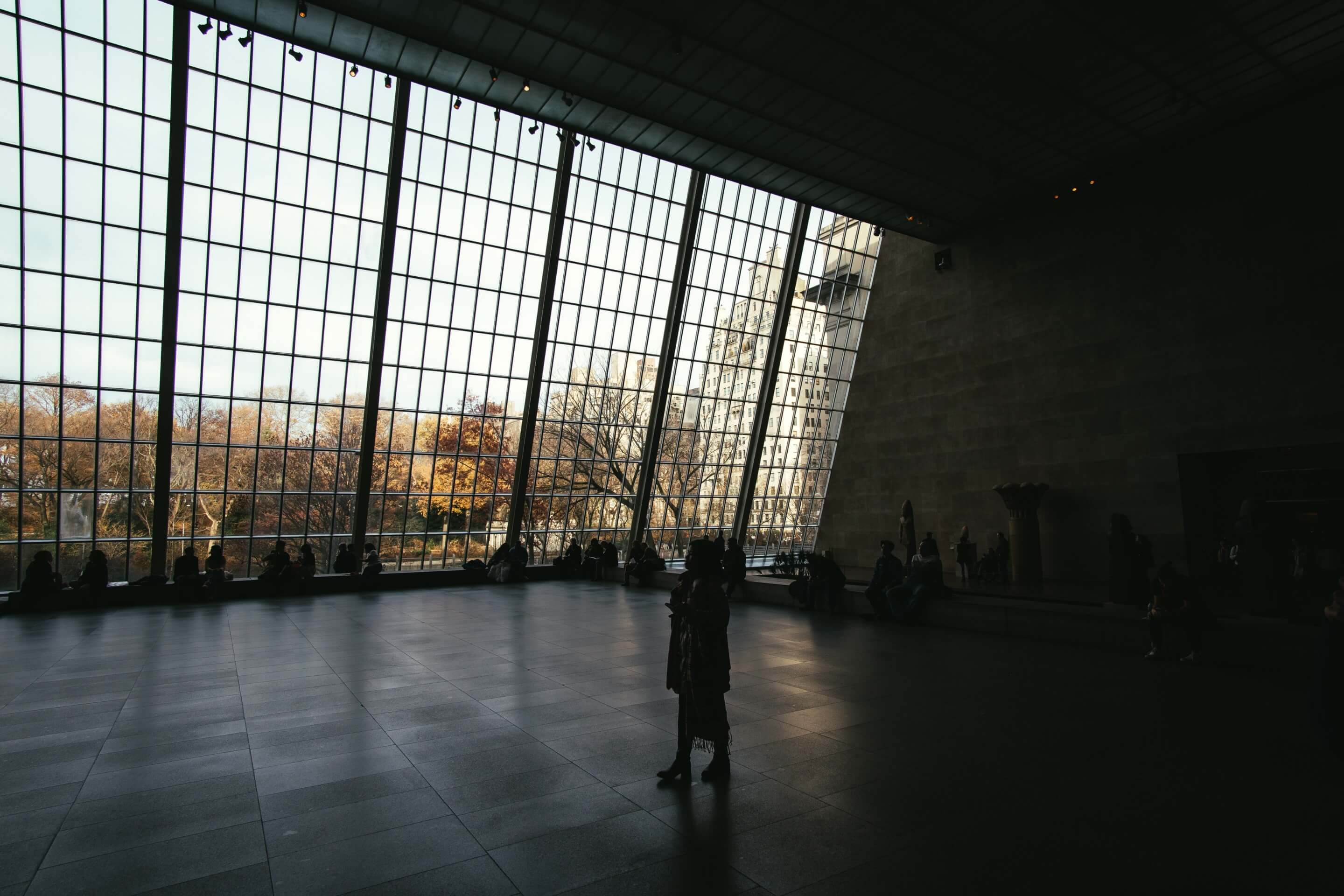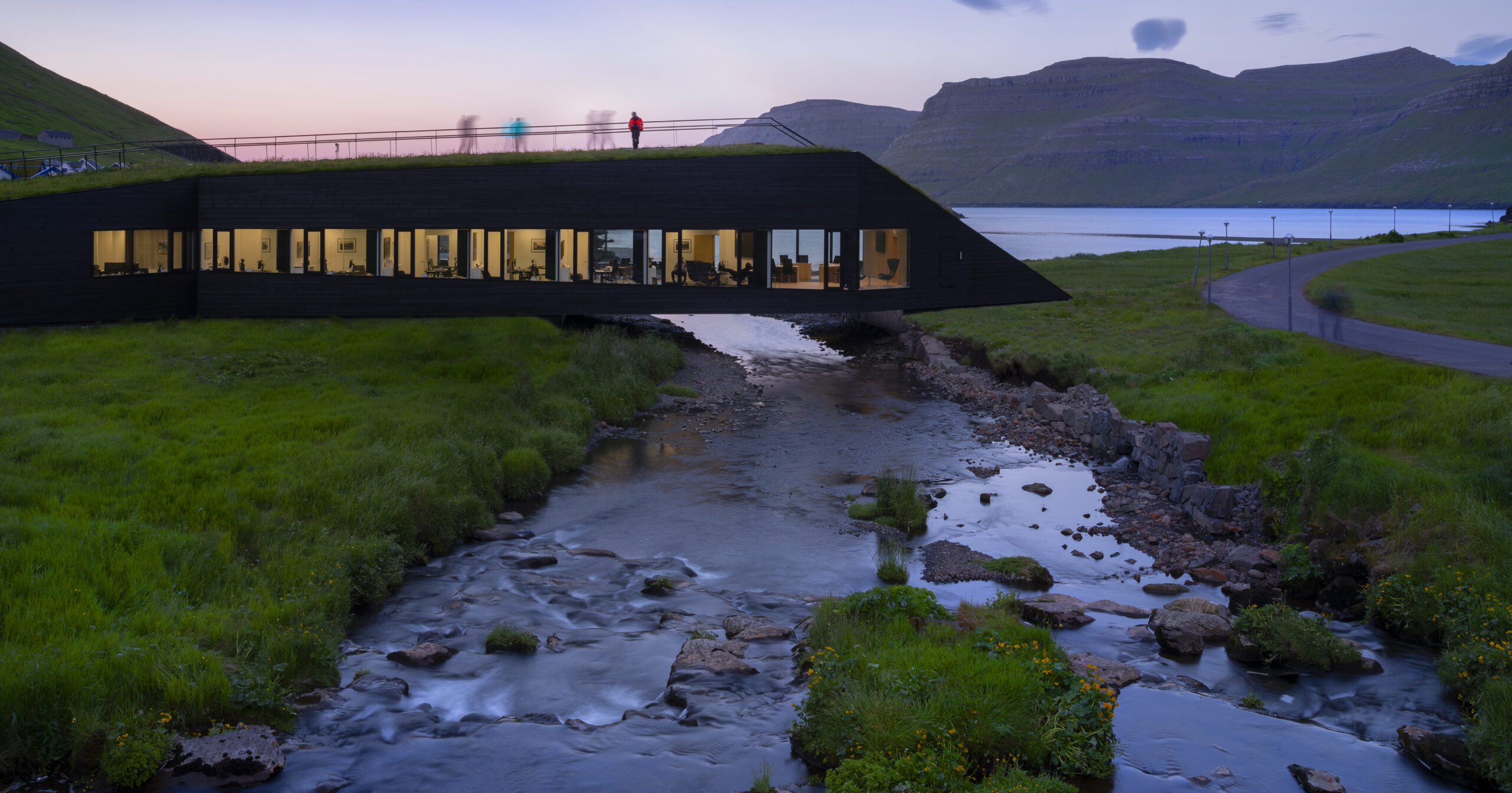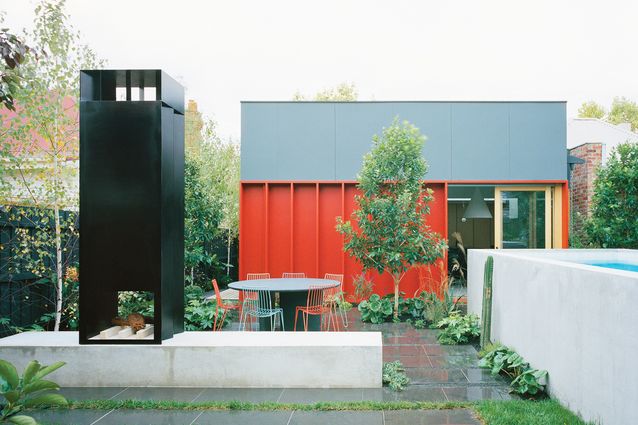Good afternoon and welcome back to another eventful day, right before the weekend. Despite the year nearing its end, that hasn’t slowed the pace of news one bit.
Here’s what you need to know:
The Metropolitan Museum of Art will strip the Sackler family’s name from its halls
Seeking to sever ties over the Sackler family’s role in furthering America’s opioid crisis, today the Metropolitan Museum of Art announced that it would be removing the Sackler name from seven exhibition spaces and the wing containing the Temple of Dendur.
In 2019, seeking to move away from the pharmaceutical company-owning family’s massive contributions as have many other institutions around the world, the Met announced it would no longer accept money from them. But art museums have felt pressure for years from Nan Goldin and other protestors, who have (and continue to) staged die-ins and other protests against the laundering of the Sacklers’ image through philanthropy.
H/t to the New York Times
The Desert X AlUla biennial will return to Saudi Arabia in spring of 2022
Despite controversy last year over the first iteration of Saudi Arabia’s Desert X AlUla biennial, the multinational exhibition in the UNESCO World Heritage Site-listed Al-Ula area will reportedly return for a second outing in spring of next year. From February 11 through March 30, 2022, the biennial of large-scale installations will take place in a new section of the Al-Ula region, and the theme will be Sarab, with work expected to toe the line between mirage and reality, the manmade and the illusory. The list of participating artists will be revealed next month.
An offshoot of the Desert X art festival held in California’s Coachella Valley, the AlUla biennial is part of the Saudi government’s Vision 2030 plan, which will ultimately see millions of visitors tour (and sleep in) the nature preserve annually.
H/t to The Art Newspaper
Nader Tehrani and Tim Wright join the School of Architecture
The School of Architecture at Arcosanti and Cosanti in Arizona (formerly the School of Architecture at Taliesin before decamping the Frank Lloyd Wright-designed campus and changing its name last June), has added two new names to its Board of Governors. Nader Tehrani, founding principal of NADAAA and currently dean of The Cooper Union’s Irwin S. Chanin School of Architecture in Manhattan, and Tim Wright, an educator, teacher, and filmmaker and grandson of Frank Lloyd Wright, joined the board on Monday, December 6, expanding both the school’s relevance to contemporary architecture and pedagogy.
“TSOA reminds us of the opportunities that arise out of crisis, and how moments of cultural upheaval need to be re-envisioned as critical and positive change,” said Tehrani. “Institutions, when seen in the longer arc of history, play an important role in maintaining discursive balance, even when things seem awry. It is for this precise reason why we must look at the history of this great institution, not so much to look back at it, but to project forward and imagine the many narratives it could yet unleash.”
“The idea of reorienting ‘learning by doing’ toward actually researching and relating to existing communities, then designing with them rather for them, is very ambitious but refreshing,” added Wright in the same announcement. “In this respect, Frank and Olgivanna Lloyd Wright’s idea of a learning fellowship of students living and working together is more vital than ever. I hope in some small way to help the school move further in these general directions.”
Architects chew out the starchitect developments around the High Line
It’s no surprise that the public has varying reactions to the towers that have gradually enveloped the High Line in Manhattan, turning the elevated park into a pathway through a valley of monuments to the super rich. Big money demands big-name architects, and condo towers from Zaha Hadid, Thomas Heatherwick, BIG, Peter Marino, and more straddle the railway from every side before it terminates at Hudson Yards. Of course, while general opinion varies about the overall quality of each development, architects have typically remained mum out of professional courtesy.
Now, Curbed has sourced complaints from architects and urbanists both on and off the record, who by and large agree that even if there are standout towers, the constraints imposed by profit-seeking developers have led to a mishmash of styles as each building competes for attention and maximum floor plates.
H/t to Curbed
A condo tower in Wisconsin is evacuated over fears of collapse
Another new week, another new condo tower evacuated after being found potentially unsafe. On December 2, the fire department of Waukesha, Wisconsin, ordered residents to evacuate the six-story Horizon West Condominium Building at 315 N. West Avenue after rusted structural steel was discovered owing to water infiltration through the concrete balconies. The condo board is reported to have known about the issue since 2020, and the city ordered fencing installed around the building to prevent pedestrians from being hit by falling debris. The removal of the offending balconies in October of last year revealed the dire state of the structural steel, and now, even with temporary bracing in place to prevent its collapse, the building is considered unoccupiable.
The offending structure was built in 1966 and had housed 65 residents up until last week.
H/t to Engineering News-Record
The blockbuster federal infrastructure bill sets aside $350 million for highway crossings
The $1.2 trillion infrastructure bill signed into law by President Biden on November 15 bolsters clean drinking water infrastructure, sustainable power generation, and patching America’s crumbling bridges and roads, but it also carves out $350 million for another set of crucial crossings: wildlife crossings.
It’s the single largest amount ever set aside specifically for preventing animal collisions as wildlife attempts to navigate the highways that have cut across their natural migration routes, and the first round of funding, $60 million, will be doled out via grants.
H/t to Deseret News











